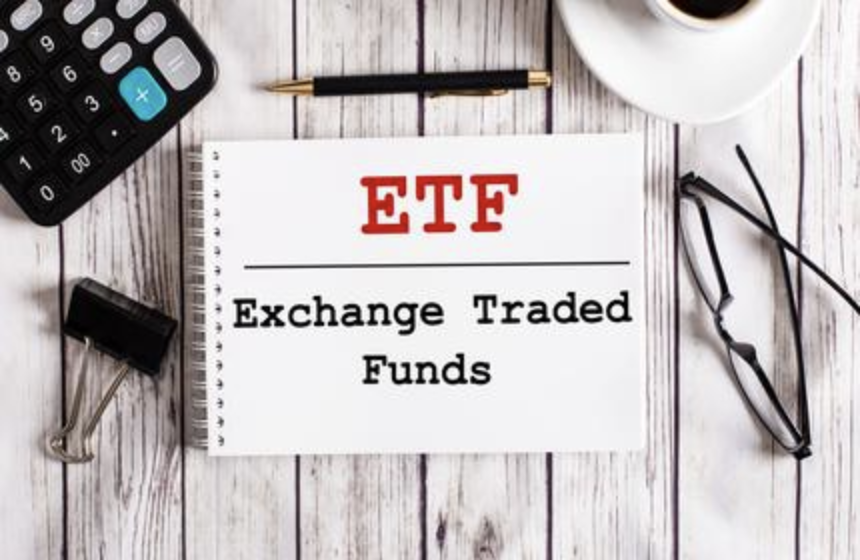Affluent investors frequently become engrossed in pursuing substantial returns, viewing investments merely as a numerical challenge. However, the greatest setbacks arise not from inadequate timing in the market, but from cognitive errors—misinterpreting the basics of assets, overrating one’s knowledge, or mimicking the crowd. Genuine success in investing begins with establishing a strong cognitive structure that shapes choices beyond immediate profits. This is a look at how mastering cognition surpasses an obsession with returns.
Cognition of “Circle of Competence”
Many investors end up losing money by exploring areas they do not fully comprehend—whether it's cryptocurrency, biotechnology, or new market startups. Warren Buffett's concept of a “circle of competence” is far more than just a saying; it serves as a mental safeguard. Identify your genuine strengths (such as in real estate or consumer products) and restrict your investments to this realm. Even lucrative opportunities beyond this area pose dangers since you lack the insight to evaluate their long-term success.

Investors often fall prey to confirmation bias (the tendency to seek information that affirms their beliefs) and FOMO (the anxiety of missing out), leading them to blindly follow market trends. Establish cognitive safeguards: appoint someone as a “devil’s advocate” to scrutinize your choices, set predetermined exit strategies before making investments, and reflect on previous errors to recognize patterns of bias. This heightened self-awareness helps avert costly trend-following behaviors, such as purchasing at market highs or panicking and selling during downturns.
Understanding “Risk vs. Uncertainty”
A majority of investors mistakenly conflate risk (quantifiable probabilities, such as stock fluctuations) with uncertainty (unforeseeable occurrences, like unexpected regulatory changes). Achieving clarity here in thinking helps prevent overconfidence in seemingly “safe” assets (for instance, believing real estate is immune to crashes) and prepares you for unpredictable situations. Invest in hedging assets based on scenarios that defy quantification, rather than solely on historical data—this mental humility safeguards your wealth during significant, unexpected events.

Aligning Long-Term Thinking with Goals
Pursuing returns often clashes with personal life objectives. Maintaining a cognitive focus on alignment involves asking questions like: “Does this investment align with my retirement plans over the next decade?” or “Will it help achieve my philanthropic aspirations?” For example, a private equity investment with high returns but low liquidity could disrupt your plans if you require cash for your child's education. Synchronizing your investments with fundamental goals transforms mental clarity into intentional wealth management.
Understanding “Opportunity Cost” Beyond Factors
Opportunity cost extends beyond simply missing out on different investments—it also encompasses the mental effort squandered on low-value choices. A profit of $10,000 from a speculative stock may seem appealing, but if it involved 200 hours of research, the cognitive cost (time lost that could have been focused on more impactful investments) is excessively high. Focus on investments that correspond to your cognitive skills and offer rewards based on your knowledge, not merely your time.

Final Thoughts
Success in investing should not be evaluated by how much you earn in a single year, but by how effectively your thought process can safeguard and grow wealth throughout the decades. By honing your circle of competence, implementing second-level thinking, and ensuring alignment with your objectives, you can evade the snares of return fixation. Ultimately, the most valuable investment you can undertake is in your cognitive capabilities—it is the lone asset that maintains its value consistently.




